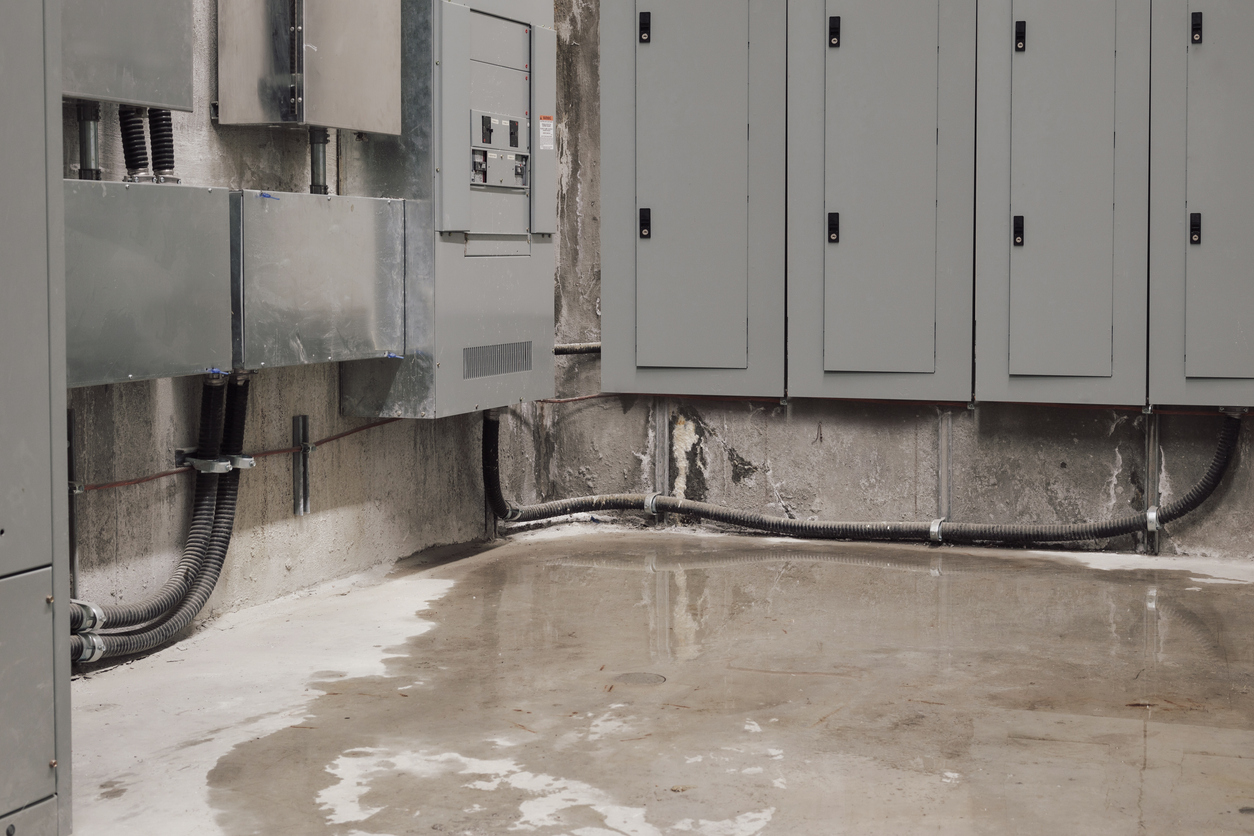Remember how the Florida insurance industry and its lobbyists promised that if AOB reform were passed, insurance rates would drop because AOB litigation was the cause of increased premiums? Since that law passed, rates have not dropped. Floridians were duped by insurance industry propaganda, and the same insurance industry is promoting more anti-policyholder laws that literally prevent Citizens Property Insurance from asking for a rate decrease—and some Florida legislators voted yesterday to make it against the law for Citizens Property to ask for a rate decrease!
An example of the Florida insurance industry’s false promise that AOB reform would reduce rates is found in a June 2019 Insurance Journal article quoting the CEO of Citizens:
This is a consumer protection measure, not just in terms of impacting the overall premium they have to pay, but also giving them some protections that they didn’t have before,” said Barry Gilway, president and CEO of Florida’s Citizens Property Insurance Corp.
The same insurance industry is now claiming that the current rate increase is the result of lawsuits by policyholders and roofer fraud. It has drafted the current anti-policyholder legislation to make it more difficult for policyholders to seek redress against their low and slow paying insurance companies. These insurance companies are often engaged in various unethical conduct as outlined in examples noted in, Zeroed Out Hurricane Claims and Cheating Claims Practices—Why Are Our Florida Politicians Ignoring These Ongoing Claims Problems and Seemingly Protecting Cheating Insurance Companies?
Florida’s insurance industry does not want Florida legislators to read that most of the property insurance rate increases are occurring all over the country, not just in Florida. These property insurance increases are being caused because reinsurance rates are significantly increasing as a result of recent natural disasters making a “hard market” for reinsurance rates, which are passed on to policyholders. Munich Re noted how these are historic catastrophe losses impact the insurance marketplace with greater financial losses:
North America suffers the highest losses
Of the ten costliest natural disasters in 2020, six occurred within the United States. The most destructive event was a Category 4 hurricane, Laura, which made landfall on 27 August near Lake Charles in western Louisiana with winds of 240 km/h. Hurricane Laura caused substantial wind and storm surge damage and triggered widespread flooding that extended far inland. Overall losses came to US$ 13bn, with insured losses of US$ 10bn.
The hurricane season in the North Atlantic was hyperactive, with a record-setting 30 storms, 13 of which reached hurricane status. This surpassed the previous record year of 2005 (28 storms; 15 hurricanes). The US landfall record was shattered as well, with 12 tropical cyclones making landfall in one season. The previous record was nine. Overall losses from the hurricane season in North America came to US$ 43bn, of which US$ 26bn was insured.
The hyperactive season in the Atlantic was a result of a number of factors. Aside from unusually warm sea surface temperatures, in which climate change already plays a part, La Niña conditions in the equatorial Pacific also acted as a driver. La Niña is the cold extreme of the El Niño-Southern Oscillation (ENSO), and creates atmospheric conditions that promote the development of cyclones in the North Atlantic.
…
Thunderstorms in the American Midwest
In the central United States, one of the year’s costliest disasters was a strong “derecho”, a fast-moving line of severe thunderstorms that swept across the US Midwest on 10 August, causing losses of US$ 6.8bn. Hardest hit was the state of Iowa, where several million hectares of corn and soybean crops were destroyed. The derecho was just one of the notable events in a highly active loss year across the country due to convective storms. Overall losses of US$ 40bn, of which US$ 30bn were insured, were significantly higher than in the previous year (US$ 30bn and US$ 20bn respectively).
Dry conditions fuel wildfires in California, Colorado and Oregon
Once again, a series of large wildfires raged across the western United States in 2020, including record-setting fires (in terms of area burned) in California and Colorado. Drought conditions, particularly across northern California and the Pacific Northwest, helped fuel dozens of large fires. 47 people lost their lives due to the fires.
As of the beginning of December 2020, California had recorded a total of 9,600 wildfires in the state. Although most of these fires were small and did not cause any damage, the severity and extent of the largest fires damaged or destroyed around 10,500 structures. The area burned by wildfire in the state was over four times larger than the 2015–2019 average, and individual fires in 2020 rank 1st, 3rd, 4th, 5th and 6th on the list of the largest fires in California since the 1930s.
It was notable that damaging wildfires occurred not just in California, but across the rest of the western US as well. Colorado saw its three largest fires, in terms of acres burned, in 2020. Wildfires in Washington and Oregon also set new records. In Oregon alone, about 4,000 homes were damaged or destroyed by wildfires, becoming one of the worst natural disasters in the state’s history. In total, losses from the wildfires in the western United States amounted to some US$ 16bn, of which US$ 11bn was insured.
These costly events cause property insurance reinsurance rate increases everywhere and for all industries. They have nothing to do with lawsuits. For example, California has massive property insurance increases because of wildfires:
Thousands of rural Californians have lost homeowners’ insurance in recent years because of rising wildfire claims, forcing them to seek alternative coverage that’s two or three times more expensive.
Now their rates are about to go even higher.
…
It follows a 20% average increase about 18 months ago and reflects the ongoing crisis in wildfire country as risks increase and mainstream insurance companies withdraw coverage.1
Another example is found in an article, Extreme Weather is Causing Solar Insurance Premiums to Explode:
Renewable energy projects, especially solar projects, are seeing steep insurance premium cost increases due to industry disruptions caused by extreme weather events, according to an analysis done by Norton Rose Fulbright.
The analysis outlines that the market for property and casualty insurance for solar projects has been hardening over the past 18 months, with premiums increasing by as much as 400% over that timeframe.
…
Traditional insurance holdups for solar projects have centered around long payoff times for earthquake and hurricane damage. While all instances of extreme weather have played their part in the market’s recent hardening, wildfires and hail are playing hold an especially destructive role.
There have been a number of hurricanes, wildfires, hailstorms, and even a freezing event in Texas that have caused the insurance industry to take notice. These natural events cause changes in loss models because the disaster trends dictate that rates go up as more financial losses are incurred. This statement from a reinsurer executive sums it up:
Vaughn Jensen, Executive Vice President, Catastrophe Analytics, Willis Re North America, said: “A record number of North Atlantic hurricanes formed in 2020, but landfalls did not occur in great numbers, or touch areas with highly concentrated insured exposures. If they had, the story of 2020 would have been dramatically different. However, the sheer number of storms – and the continued incidence of billion-dollar wildfires in the US and elsewhere, plus the severity of the Iowa derecho event – gives the industry cause to consider new emerging trends.
But the final analysis of what is happening after catastrophes occur begs for a more complete analysis. What do some insurance companies do when they have losses and have not taken enough premium dollars to make their profit goals? It does not take a rocket scientist to figure out that cheating customers out of benefits owed at claims time can be far more profitable than fully and timely paying claims. Ironically, at time when Florida policyholders need more protection from these wrongful actions, Florida’s elected officials are attempting to take away policyholder protections.
Insurance claims executives all pretend they are angels when it comes to paying claims. Some are, and I rarely end up in litigation with those stellar companies. Many are not, and those wrongdoers certainly seek legislation which shields them from the accountability and embarrassment of their actions. That is what much of the pending Florida legislation, other than the CFO’s proposed bill, does—it shields wrongdoers from accountability by making it more difficult for those policyholders to enforce their contractual rights.
While my name is Merlin, and I am sometimes a wizard helping policyholders getting their insurance company to provide benefits and PayUp!, no human can change Mother Nature. The natural catastrophes we have been through over the past five years have been astonishing. The truth is that these seem to be getting worse and reinsurance companies are asking for more money to pay for these losses. Taking away policyholder rights which make it more problematic for insureds to get paid is not going to stop the problem of higher rates, which may be increased by roofers committing fraud and not mitigating against property damages that are naturally caused.
Thought For The Day
People need to be cautious because anything built by man can be destroyed by Mother Nature.
—Russel Honore
________________________________________
1 https://www.sacbee.com/news/california/fires/article247680725.html




